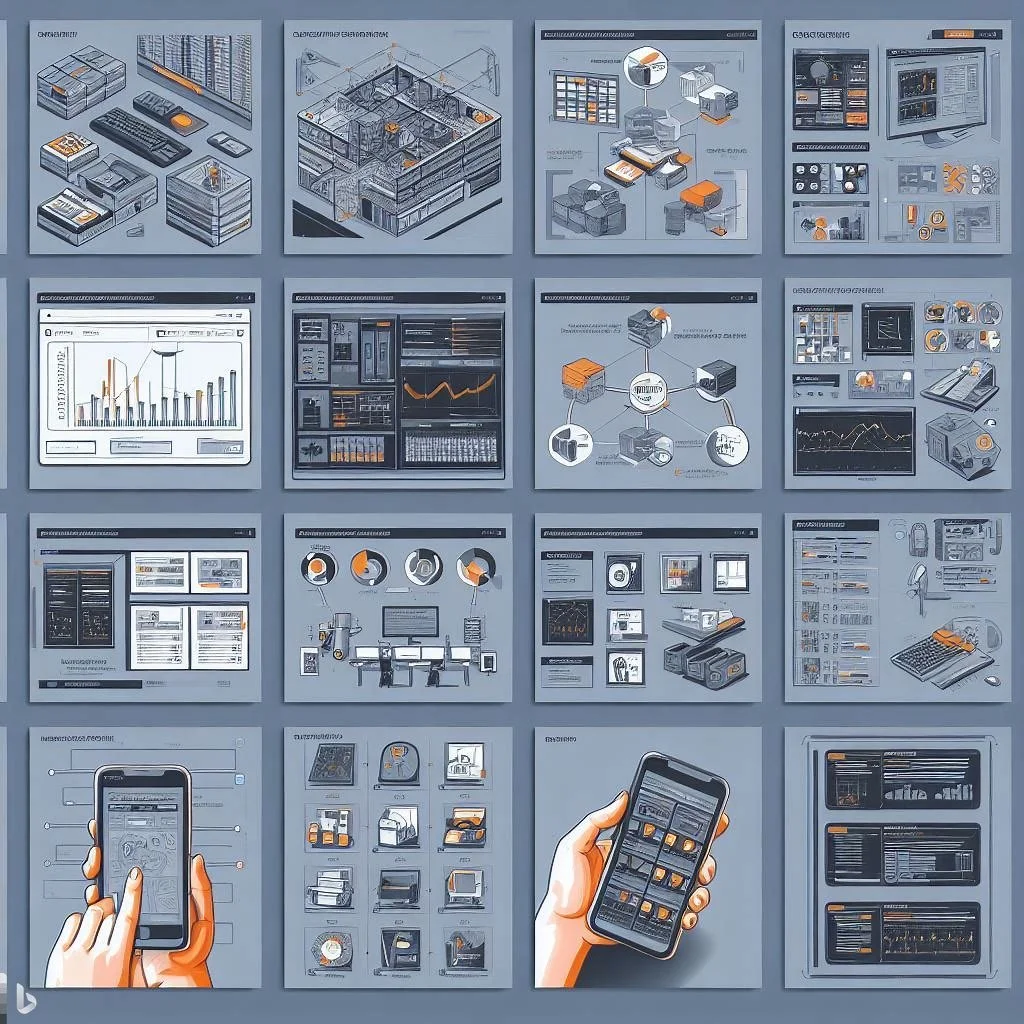We are amidst the 4th Industrial revolution and technology is rapidly growing. A life without phones, computers, basic kitchen utensils, a vehicle? It’s hard to imagine, isn’t it?
From the earliest use of simple resources like paper money, to today’s cutting-edge technological advancements like blockchain or cryptocurrencies, the fast expansion is distinct, and we all are in for the ride.
So, let’s dive into the most imminent trends.
Artificial Intelligence (AI)
Artificial intelligence is probably the most imperative and leading trend in technology today. It has created a lot of buzz because of its effects on how we live, work, and play. It is truly breathtaking how we have managed to create machines and systems that can think for themselves.
AI is one of the most transformative technological evolutions of our times. The Apple iPhone’s Siri or Amazon’s Alexa are perfect examples of how it is already being used by most of us out here. The onset of smart homes, smart cities, and the Internet is imminent, which means that AI will be integrated more and more into our everyday lives. And it is very likely that we will see wider adoption and a growing pool of providers that are likely to start offering more tailored applications and services for specialized tasks.
What does this mean for your company? It’s time to take a step in the right direction! It is so exciting to see science fiction being made into reality, and it’s happening right before our very eyes.
Online Streaming
When’s the last time you saw a movie in theaters? How about the last time you watched a movie or show on Netflix? If you’re like most consumers, you’ve done the latter thing more often.
Netflix has stimulated the trend of online streaming that has taken a big toll on how we entertain ourselves. We don’t have to rent VHS tapes, DVDs or watch whatever is on live TV anymore. Most people’s preferred entertainment platforms are Netflix, Amazon Prime, and other online streaming services. This means traditional TV could soon become obsolete if the popularity of online streaming continues.
Virtual Reality (VR)
Virtual reality has set a completely different and exciting course for technological uprising which is setting a bar for entertainment and learning at the next level. Although VR has primarily been used for gaming thus far, it has also been used for training, as with VirtualShip, a simulation software used to train U.S. Navy, Army, and Coast Guard ship captains.
You can see its presence in the entertainment industry and it’s gradually hopping on the bandwagon of other platforms. It is also a great way to train and educate, especially when it comes to hands on training; VR is a great way to try a new exciting activity without the risks that come with it.
Augmented Reality (AR)
Virtual Reality (VR) immerses the user in an environment, while on the other hand, Augmented Reality (AR) enhances their environment. AR is an interactive experience of a real-world environment where the objects that reside in the real world are enhanced by computer-generated perceptual information.
Pokemon Go for example, is one of the greatest productions within the AR world. Both VR and AR have enormous potential in training, entertainment, education, marketing, and even rehabilitation post-injury. It is very likely that in the future, interaction between environments and reality will be greatly defined by technologies based out of AR and VR technologies.
On-demand Apps
Uber. Skip the dishes. UberEats. DoorDash. I could go on and on with examples of on-demand apps that we tend to use on a daily basis. One tap on your smartphone and you can find food on your doorstep in 15 mins.
Isn’t that so cool? Today, people are getting more and more used to having everything on-demand. And this is a rapidly growing trend, which will shape our day-to-day lives in a very dramatic way.
Custom Software Development
You are living in a world full of products and services, and you can easily find yourself lost in all these technological advancements. But don’t worry, we’re here to provide you with the best advice for your business. Custom software development is your solution, since not only can it give you an edge over your competitors, but also increase revenue and be cost-effective.
These technology trends are the future. If companies don’t evolve according to these trends, there is a very strong possibility they might end up like Blockbuster. If you don’t know what I am talking about, Blockbuster LLC was a provider of home movie and video game rental services. But it went bankrupt because they didn’t advance and compete with new technology.
If you don’t want to be the next Blockbuster, contact our experts today. And we will be happy to help your company grow with the latest technologies.




























